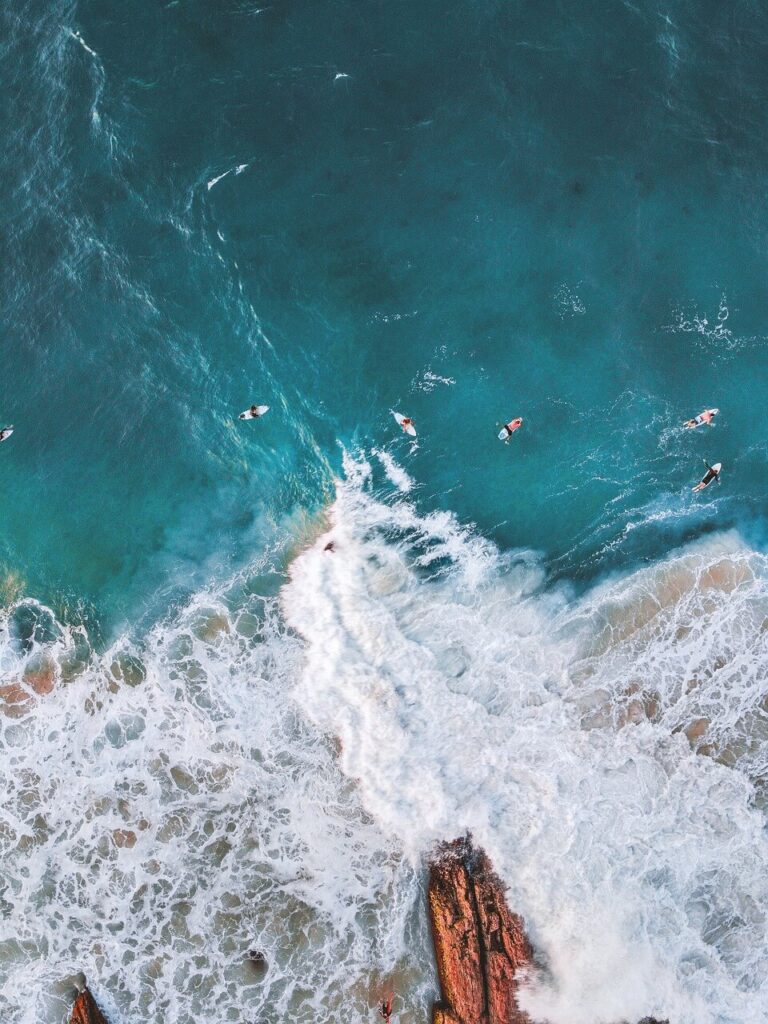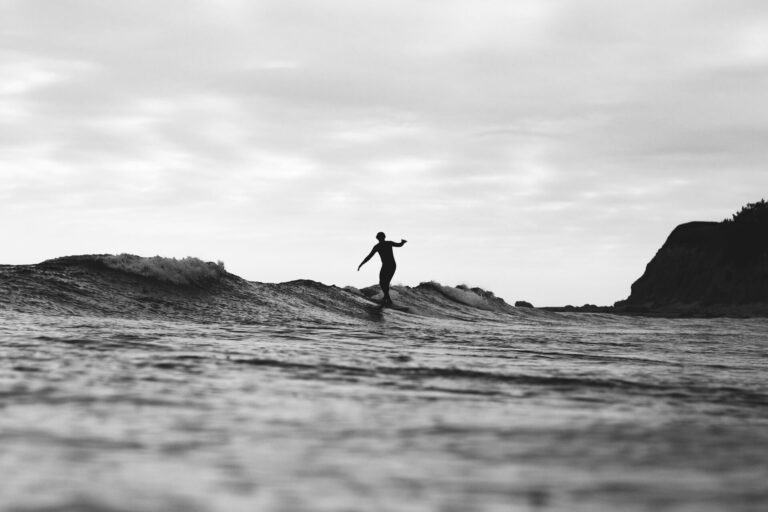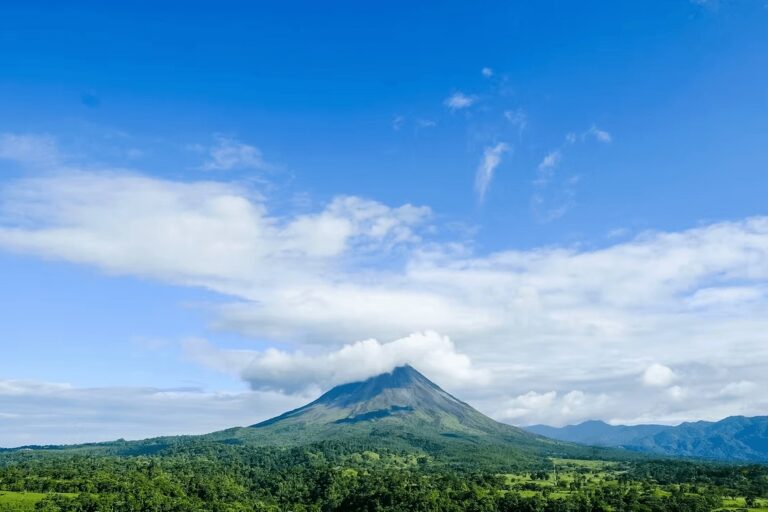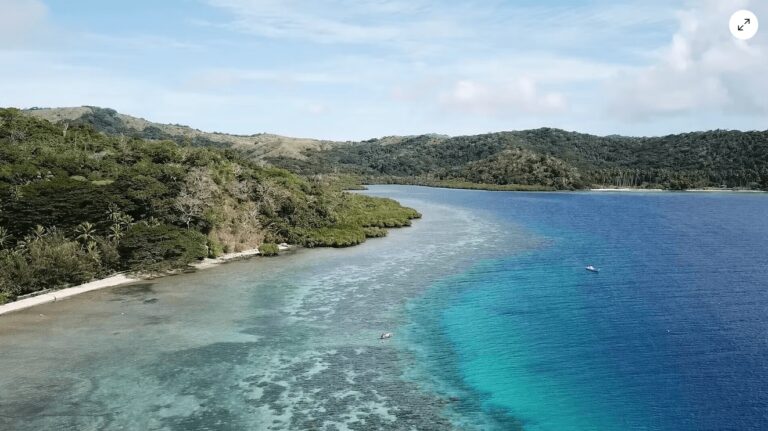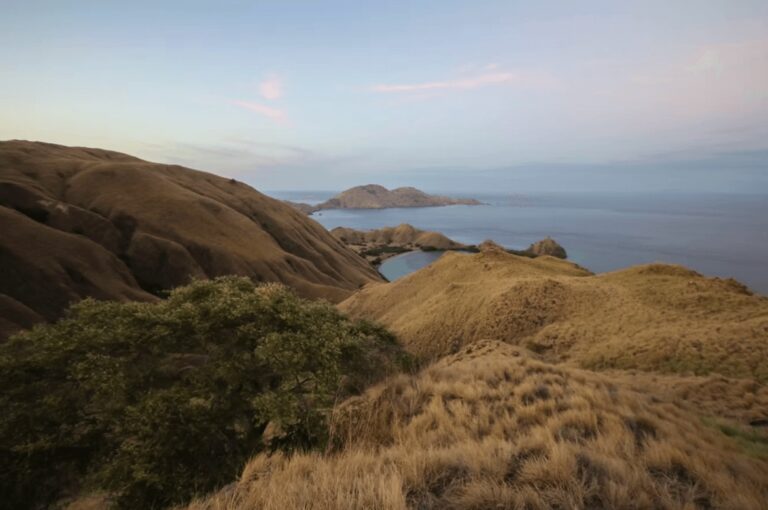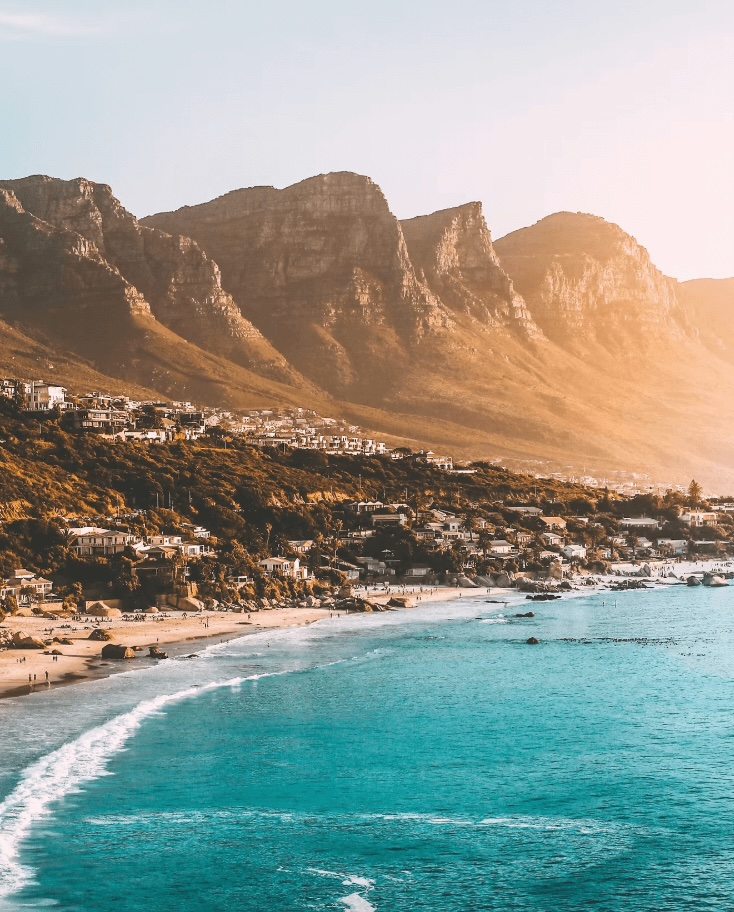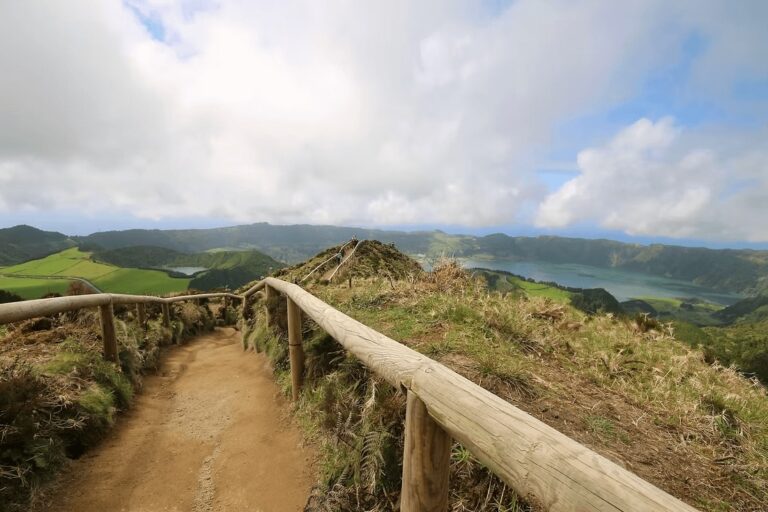Scuba diving in Tanzania: Best dive sites + eco-friendly dive hotels
Planning a dive trip to Tanzania? Discover everything you need to know about scuba diving in Tanzania, including the best dive sites and eco-friendly resorts for a sustainable scuba vacation in Africa.
Tanzania is renowned for its exceptional safari experiences. But it also boasts an equally impressive (and often overlooked) underwater realm.
Stretching along the country’s Indian Ocean coastline are sun-drenched islands and healthy coral reefs, creating an abundance of world-class dive sites.
While the most famous of Tanzania’s islands is Zanzibar, the nearby islands of Pemba and Mnemba also offer incredible dive experiences. So too does the spectacular Mafia Island Marine Park further south.
Diving in these turquoise waters means exploring colourful coral gardens teeming with fish and coming face-to-face with larger species like barracuda, reef sharks and sea turtles.
There’s also the chance to spot whale sharks and humpback whales during their migratory season. Ever-graceful manta rays can be found year-round in Kisite Mpunguti Marine Park.
In this article, we’ll highlight four of the best places for scuba diving in Tanzania, as well as eco-friendly accommodation for a sustainable scuba vacation. In addition to the best dive sites in Tanzania, we’ve also researched sustainable resorts in Zanzibar and the surrounding islands to help keep your environmental footprint to a minimum.
Heading to Kenya during your East African adventure? Check out our sustainable scuba guide to this neighbouring nation.
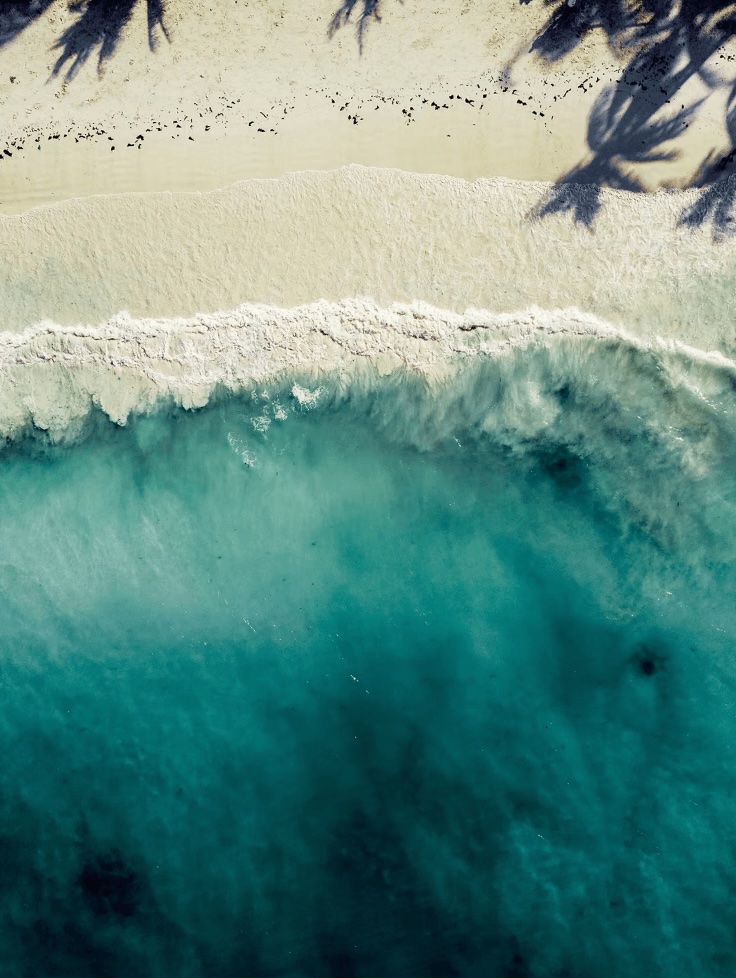
This article contains affiliate links, which means when you make a purchase through that link, we earn a small commission. Affiliate links come at no cost to you and ensure our content remains free!
Zanzibar/Unjuga Island
Also known as Unjuga, the main island of Zanzibar is a popular base for scuba divers, with lots of wonderful cultural activities to enjoy above the water’s surface.
Granted, it may not be the premier dive destination in the Indian Ocean. But it does offer a few good sites that are well worth exploring for those seeking an underwater adventure.
The best dive spots in Zanzibar are concentrated at the northern tip of the island. A particular highlight is the undersea mountain of Leven Bank in the Pemba Channel.
This challenging, open-ocean location should only be attempted by seasoned divers comfortable with strong ocean currents. But the risk is well worth the reward, with regular sightings of large tuna, barracuda, trevally and kingfish.
Kizimkazi Reef, on the southwestern tip of Zanzibar, boasts a wonderful diversity of healthy coral formations and tropical fish. It’s ideal for those seeking relaxed, exploratory dive experiences.
Kizimkazi Reef forms part of the Menai Bay Conservation Area, known for its volcanic islets and sandbanks. Sightings of migratory humpback whales are common between August and October.
Wreck diving enthusiasts will find plenty to keep them occupied in the waters around Stone Town. One of the most captivating sites is the Great Northern. This century-old wreck lies at a depth of 12 metres – perfect for beginners.
More experienced divers can explore the remains of the Royal Naval Lighter at a depth of 30 metres.
Looking for other Indian Ocean destinations for a dive vacation? Check out our scuba guides to the Maldives, Seychelles and Mauritius.

Eco-friendly places to stay in Zanzibar
Ycona Eco-Luxury Resort
Setting a new standard for sustainable luxury, this Zanzibar eco-resort overlooks Chwaka Bay on the island’s east coast.
When you stay in one of these gorgeous villas, you’re contributing to community education projects, the implementation of renewable energy sources and a cutting-edge water treatment system.
Ycona is dedicated to being carbon neutral within the decade, without compromising on the luxuries it offers guests.
“Spectacular resort, stunning views and well-equipped beach villa with private pool.” – Hasan (read more reviews here)

Milele Villas
Facing Tumbatu Island on the northwest coast of Zanzibar is this collection of beachside villas. They have been constructed using local, natural materials and all are powered by solar energy.
There are two multi-bedroom villas that can accommodate up to 10 guests, plus a handful of “Love Shacks” designed for couples.
All feature furniture crafted from recycled dhows. Additionally, the lack of high-energy-consuming A/C systems helps to keep the resort’s environmental impact to a minimum.
“What a slice of paradise. Absolutely beautiful, it literally took our breaths away.” – Brown (read more reviews here)
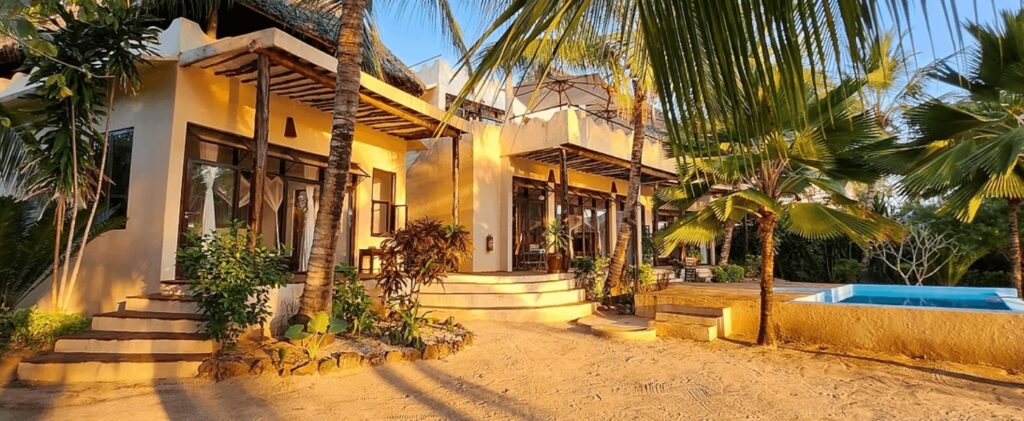
Coco Reef Eco Lodge
Perched on the southwest coast of Zanzibar, this affordable eco-lodge allows you to enjoy a sustainable holiday in Tanzania without breaking the bank.
It features just a handful of bandas and stilt houses built from locally sourced materials. Additionally, there’s an open-air restaurant dotted with thatched umbrellas.
When you’re not out diving with the local Kizimkazi scuba operator, you can tour a spice plantation, visit Stone Town or head out on a dhow sailing excursion.
“Little paradise in a quiet part of Zanzibar!” – Kerstin (read more reviews here)

Mnemba Island
Located off the northeast coast of Unjuga, Mnemba Island is undoubtedly one of the best places to dive in Zanzibar.
The sites here are renowned for their exceptional visibility, with an average of 15 to 20 metres (some days exceed 30 metres). This allows for unparalleled views of the underwater ecosystem and idyllic photographic conditions.
One of the best dive sites around Mnemba Island is Kichiwani Wall. This steeply banked coral wall features numerous crevices where everything from leaf fish to nudibranchs reside.
Watta Bommies is notable for its cabbage corals and graceful turtles. Meanwhile, Eel City is aptly named for its abundance of morays.
Experienced divers shouldn’t miss Big Wall, which plunges to 70 metres and offers incredible encounters with open-ocean dwellers.
Throughout the area, you can expect to see schools of snappers and fusiliers darting past, alongside the occasional pod of dolphins. Whitetip and blacktip reef sharks also patrol the area. Sightings of humpback whales are possible during the migratory season.
Underwater photographers can take advantage of the natural light penetrating Mnemba Island’s shallower sites. Stonefish and crocodile fish are among the inhabitants.
Protected within the Mnemba Island Conservation Area, this underwater oasis is perfect for divers of most skill levels.
That being said, many of the dive sites around Mnemba Island are known for their depths and strong currents. As a result, beginner divers should consider one-on-one instruction.
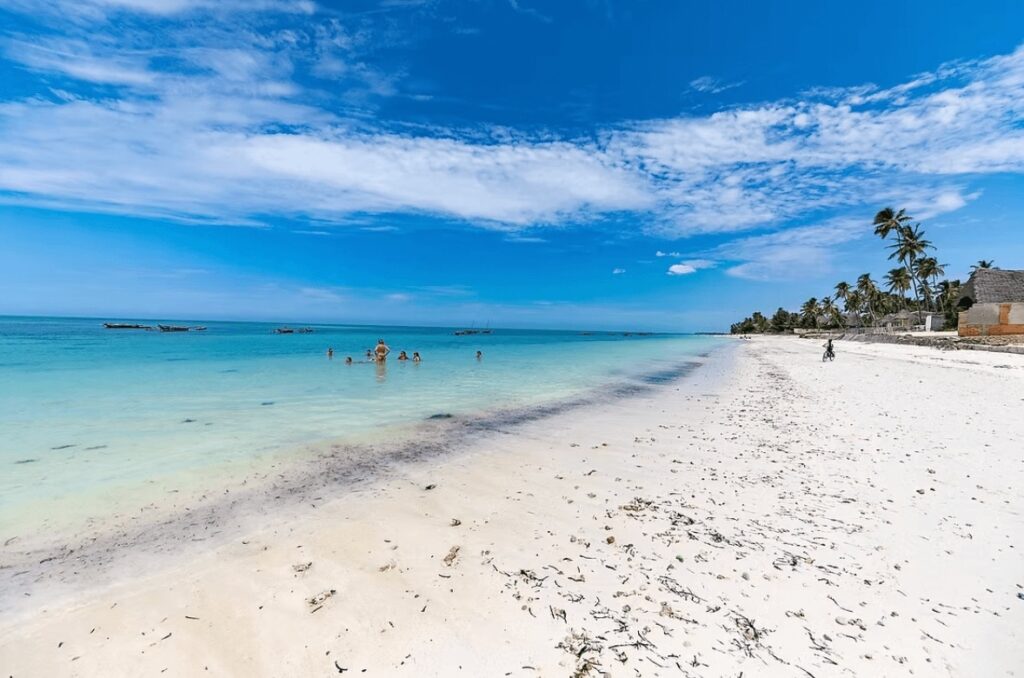
Eco-friendly places to stay on Mnemba Island
andBeyond Mnemba Island
As the only resort on Mnemba Island, this luxurious retreat is THE place to stay if you want to splurge.
It boasts just 10 secluded bandas that combine traditional charm with modern comforts. Plus, there’s a private stretch of beach with exceptional snorkelling right on your doorstep.
As part of its commitment to sustainability, this eco-friendly Mnemba Island resort utilises solar power. Additionally, it has eliminated plastic bottles and actively monitors turtle nesting sites.
“Mnemba Island is casual luxury at its finest. You take off your shoes when you arrive on the island and you never put them back on until you reach the mainland after your stay.” – Kate (read more reviews here)
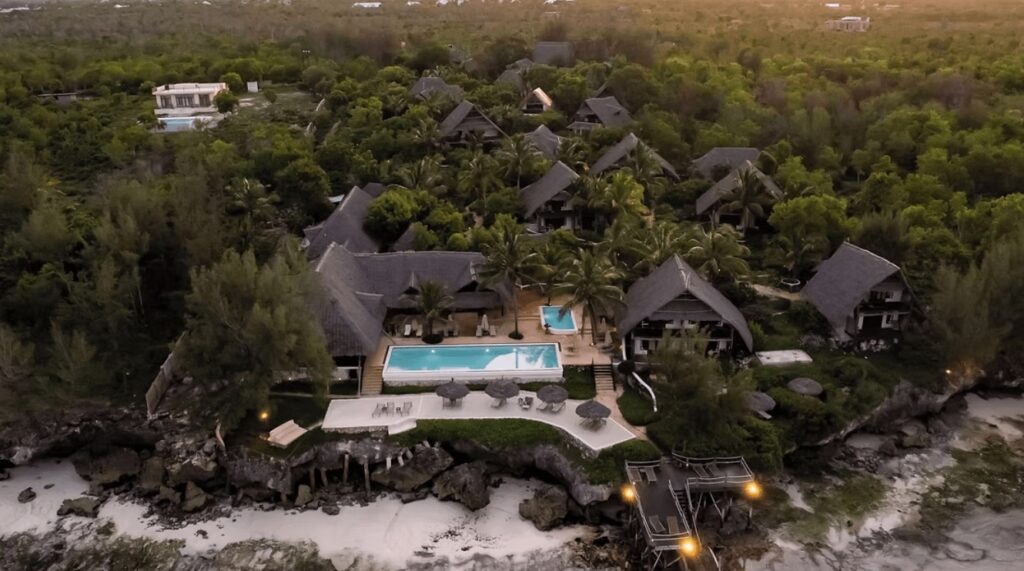
Sunshine Marine Lodge
Located on the northeast coast of Zanzibar (directly opposite Mnemba Island) is this eco-friendly Tanzanian dive lodge. It receives rave reviews for its tranquil setting and high-end facilities.
Sunshine Marine Lodge is home to beautifully appointed suites that are ideal for couples, dive buddies and families. Additionally, there are three swimming pools and an oceanview restaurant serving Swahili-inspired cuisine.
Daily dive trips are operated by the in-house PADI 5-Star operator, Dive Point Zanzibar.
“Paradise on Earth.” – Thomas (read more reviews here)
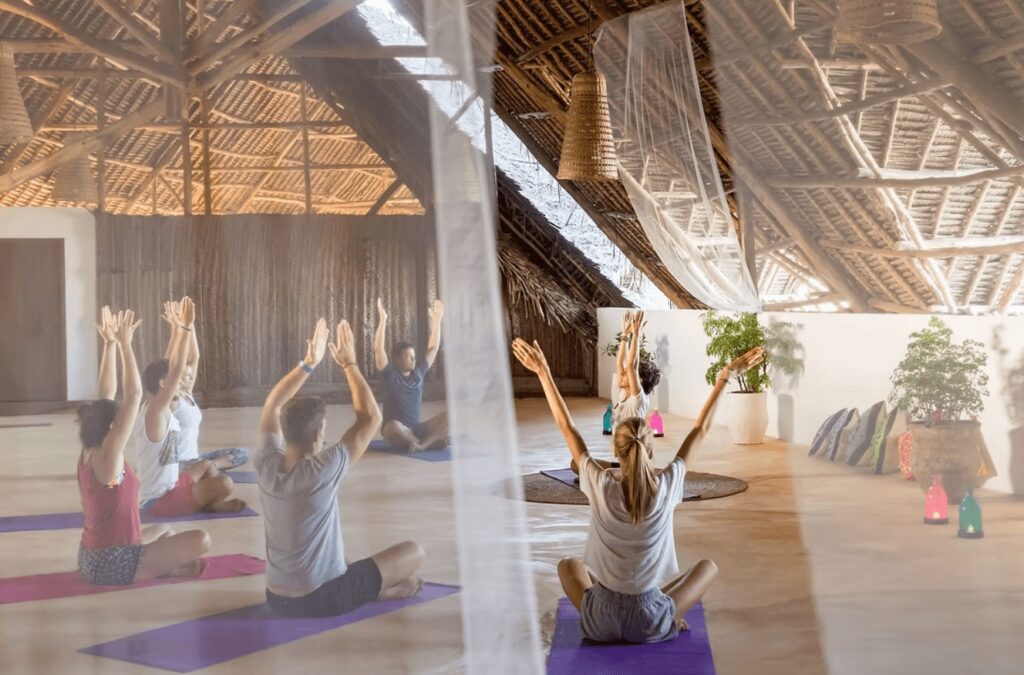
Zanzibar Queen Hotel
Overlooking one of Zanzibar’s most beautiful beaches, this sustainably-run Matemwe hotel is taking steps to protect the island’s natural environment.
Recycled and locally sourced materials are used throughout the resort in an attempt to reduce its carbon footprint.
Aside from offering spacious rooms and suites, the Zanzibar Queen Hotel hosts a variety of free daily activities. These include yoga, reef walks and musical performances in the evenings. Plus, the staff here are sooooo incredibly friendly.
“Perfect place to relax and disconnect.” – Alicja (read more reviews here)

Mafia Island
Located 160 kilometres south of Zanzibar, Mafia is a protected island, home to the largest marine park on Africa’s east coast.
It offers some of the best diving and snorkelling experiences in Tanzania. Over 50 species of coral and more than 400 species of fish have been recorded here.
The 28 dive sites around Chole Bay and the island’s southeast provide endless wonders to explore. There’s the opportunity to encounter everything from green turtles and southern stingrays to schools of snappers, groupers and tuna.
Not to miss is Kinasi Pass, a drift dive site that presents a thrilling challenge for experienced divers.
However, when it comes to diving Mafia Island, the real showstoppers are the whale sharks. While they can be spotted year-round, these magnificent creatures reach peak numbers between October and February. Up to 180 individuals have been recorded here within one month alone!
While the waters around Mafia Island may not offer crystal clear visibility due to the abundance of nutrients (it’s this that attracts the whale sharks), the sheer abundance of schooling fish more than makes up for it.
Mafia Island is also wonderfully preserved. It boasts beautiful beaches in the southeast and a verdant interior, making it a true tropical paradise.
Eco-friendly places to stay on Mafia Island
Chole Mjini Treehouse Lodge
Located on Chole Island (off the southeast coast of Mafia), this eco-friendly lodge is one of the most unique accommodations in Tanzania.
It features seven sustainably constructed treehouses that are open-sided to offer incredible views of the sea. Some also boast loft bedrooms for kids and private plunge pools.
Aside from scuba diving and swimming with whales, this eco-friendly accommodation in Tanzania offers village excursions and sunset sails.
“An amazing little island with outstanding tree house accommodation. Eco-tourism at its finest.” – Gina (read more reviews here)
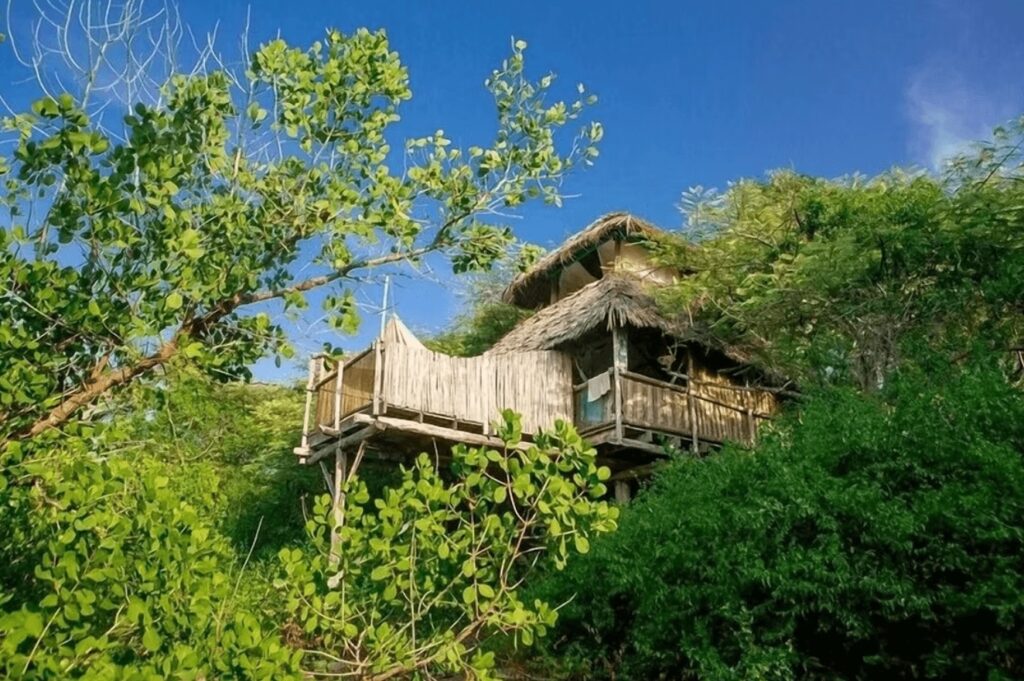
Eco Shamba Kilole Lodge
With everything from spacious suites to charming chalets, Eco Shamba is one of the leading eco-lodges on Mafia Island.
When you’re not out diving in Chole Bay and coming face-to-face with whale sharks, you can feast on delicious farm-to-table meals and learn about permaculture farming.
The onsite PADI centre boasts a state-of-the-art swimming pool and a well-equipped classroom where certification courses are held.
“There is NO place more perfect than Shamba Kilole Lodge” (read more reviews here)
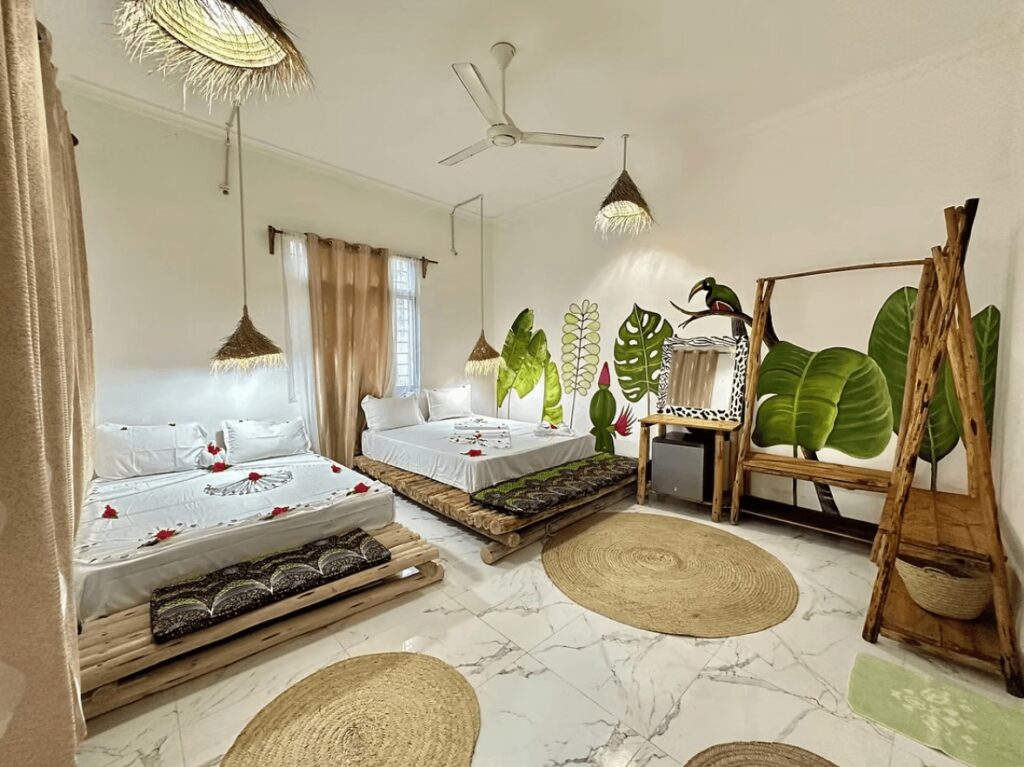
Pole Pole
Overlooking Chole Bay, Pole Pole is an eco-friendly Mafia Island resort that features seven bungalows, all just steps from an idyllic beach. Each is eclectically furnished with antiques, including Zanzibari beds on the spacious verandahs.
In between dives, you can relax in one of the hammocks strung between the palm trees. Alternatively, indulge at the Alasiri Spa before dining on Italian-inspired cuisine at the breezy restaurant.
“Barefoot luxury.” – Matt (read more reviews here)
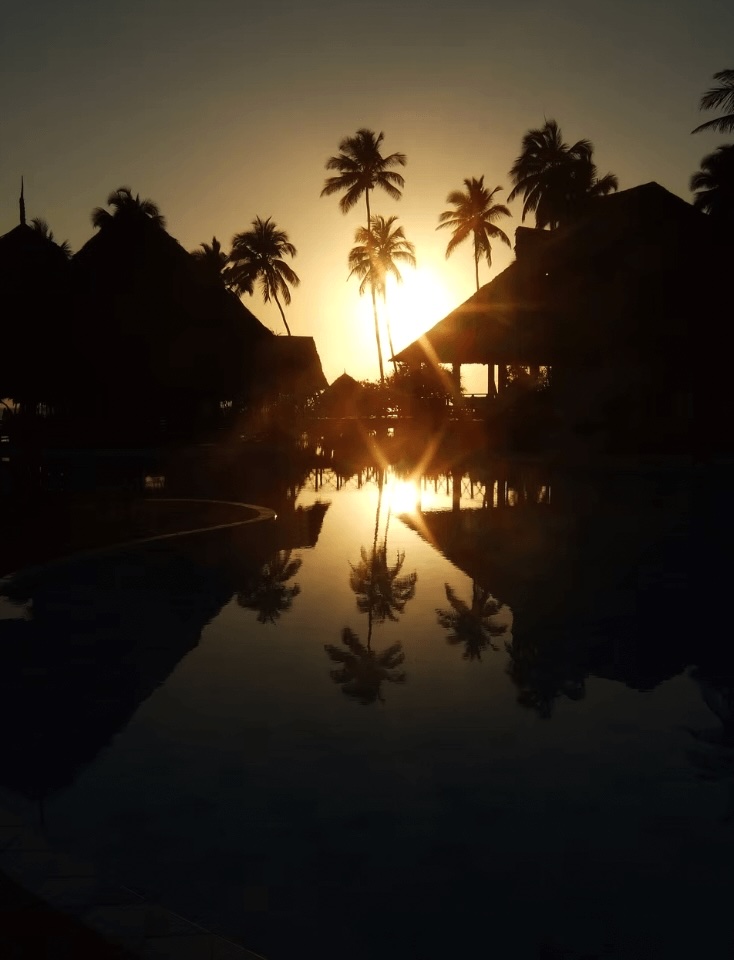
Pemba Island
Tanzania’s northernmost island is Pemba. It offers captivating dive sites that are far less crowded than its more famous neighbour, Zanzibar.
With conservation efforts in place since 2006, the waters surrounding Pemba boast healthy coral reefs. It boasts an abundance of marine life, which can be easily observed thanks to the exceptional clarity.
Along the island’s west coast, the Pemba Channel brings in nutrient-rich currents that fuel the growth of stunning hard and soft corals. This abundance of nutrients also attracts whale sharks and manta rays. These are best spotted between October and April.
In addition to these pelagic giants, divers often encounter playful pods of bottlenose and spinner dolphins.
The waters on Pemba’s western side are relatively protected and most of the dive sites are accessible to all skill levels. Here, you’ll find dramatic walls, overhangs and mesmerising coral gardens to explore.
In contrast, the eastern and southern sides of Pemba are best suited for more experienced divers, with thrilling drift dives along the sheer walls. Here you can expect memorable encounters with big marine creatures, including silvertip sharks, white-tip reef sharks and even elusive hammerheads.

Eco-friendly places to stay on Pemba Island
Pemba Eco Lodge
Comprising just five rustic bungalows set along an idyllic beach, this eco-friendly Pemba lodge is located on Kiweni Island. It has been crafted from recycled boats and natural materials, offering a sustainable stay for eco-conscious travellers.
Kayaking and snorkelling are available in the surrounding waters. Plus, the hospitality from Omar and his team is second to none.
“Outstanding and very good value for the money.” – Jon (read more reviews here)

Gecko Nature Lodge
Home to Swahili Divers is Gecko Nature Lodge. This eco-friendly Pemba hotel features a handful of sustainably-built bungalows at the northwestern tip of Pemba Island.
While the accommodation is on the rustic side, the magnificent setting more than makes up for it. Plus, the Tanzanian-inspired cuisine served at the restaurant is a treat.
Swahili Divers offers full-day excursions to explore the dive sites around Pemba. Forest tours are also available to spot the island’s flying foxes.
“Home away from home in tropical paradise.” – Pascale (read more reviews here)
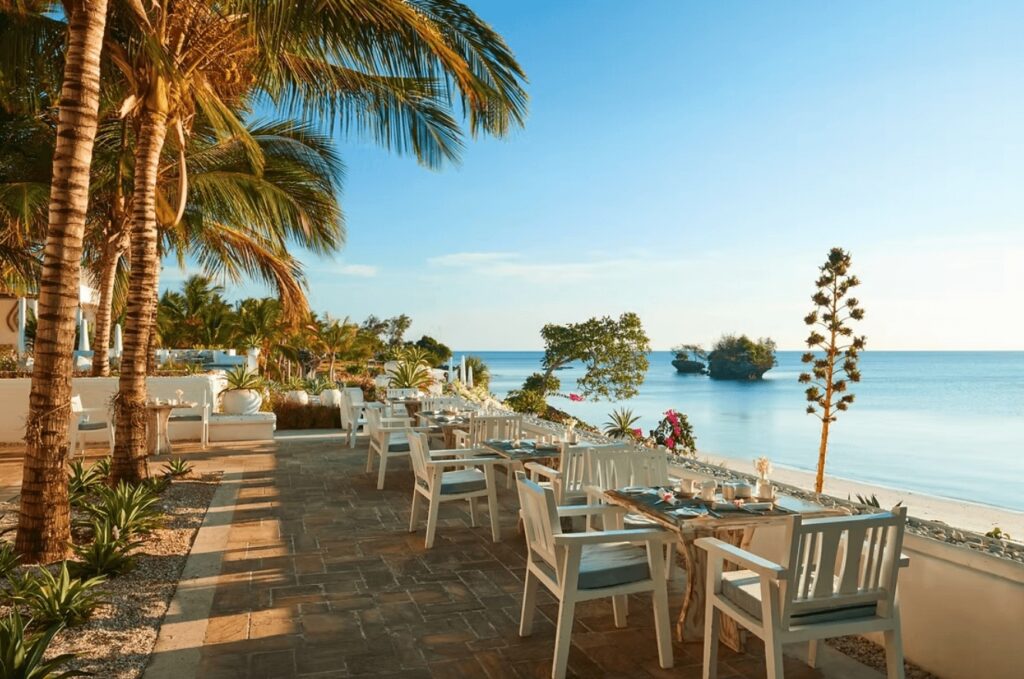
The Aiyana Resort & Spa
Perched on the north coast of Pemba, this luxury resort features a collection of secluded villas. All offer incredible views of the Indian Ocean.
It has been designed around the concept of “simple materiality and consummate craftsmanship” while providing a sense of complete escapism.
When you’re not out diving, kayaking or cycling around the island using the resort’s bicycles, you can dine on African-inspired delicacies at the ocean-view restaurant.
“Heaven on Earth.” – Marton (read more reviews here)
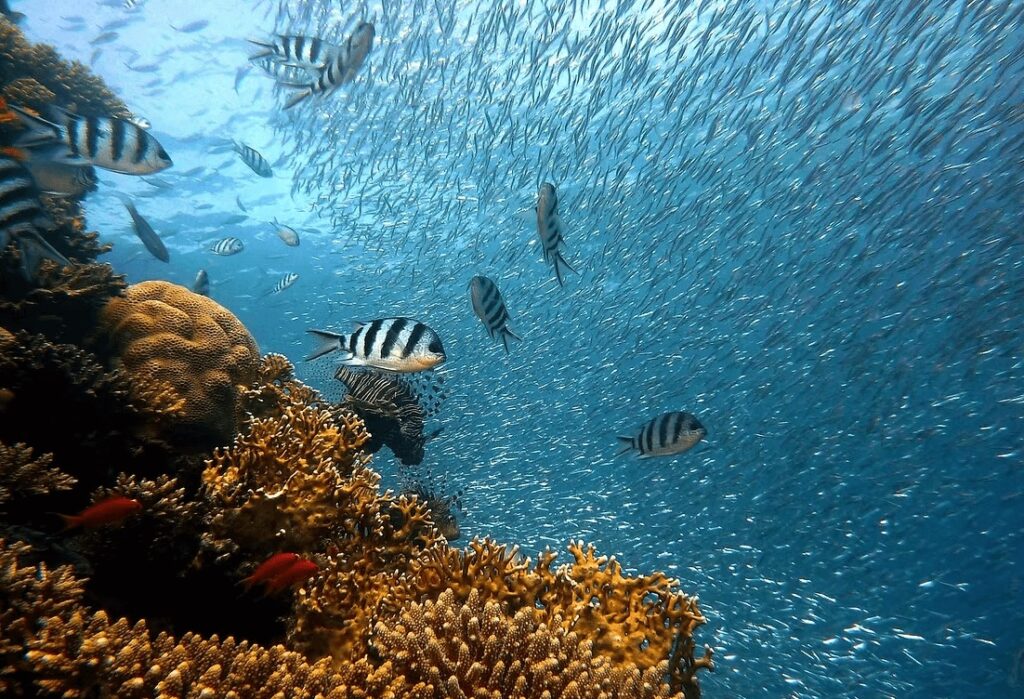
Best time to dive in Zanzibar and Tanzania’s Indian Ocean
Driven by its equatorial location, Zanzibar’s tropical climate allows for year-round enjoyment of its gorgeous beaches and world-class dive sites.
With average highs of 29°C to 33°C (84°F to 91°F) and seawater temperatures rarely dipping below 25°C (77°F), the archipelago offers a warm and comfortable climate that caters perfectly to sun-seeking travellers.
That being said, the region does experience two distinct monsoon seasons. These can impact the suitability of certain activities, particularly water-based pursuits like scuba diving.
The first of these monsoon periods arrives between November and December. It brings with it rougher seas and heavier rainfall that can limit access to some dive sites and make water-based activities less appealing.
A second monsoon sweeps through the islands from March through May. April is usually the wettest and stormiest month of the year.
During these rainy seasons, the combination of churned-up surf and poor visibility underwater can hamper the diving experience.
As a result, the most popular times for divers to visit Zanzibar are outside of these periods. The weather is reliably sunny, the seas are calmer and the diving conditions are at their best.
FAQs about diving in Tanzania
Is Tanzania good for scuba diving?
While Tanzania is more widely known for its safari experiences, it also boasts equally impressive scuba diving along its Indian Ocean coastline.
Stretching from the sun-drenched islands of Zanzibar and Pemba to the spectacular Mafia Island Marine Park, this region offers some of the best diving in East Africa.
In addition to healthy coral gardens and a diverse array of reef fish, Tanzania’s waters offer encounters with barracudas, reef sharks and manta rays.
If you’re lucky, you may even spot the spotted bulk of a whale shark or the breaching forms of humpback whales during their annual migration.
Is Zanzibar good for diving?
Aside from its wealth of cultural activities and historic architecture, Zanzibar boasts several dive spots that are well worth discovering.
The northern tip of the island is home to the most renowned dive sites, with the undersea mountain of Leven Bank in the Pemba Channel being a particular highlight.
This challenging, open-ocean location should only be attempted by seasoned divers who are comfortable navigating strong ocean currents.
For those seeking a more relaxed dive experience, Kizimkazi Reef, located on the southwestern tip of the island, is ideal. It features a wonderful diversity of healthy coral formations and tropical fish.
When is the diving season in Tanzania?
Driven by its equatorial location, Tanzania’s tropical climate allows for the year-round enjoyment of its coastal environments.
With average high temperatures ranging from 29 to 33 degrees Celsius (84 to 91 Fahrenheit) and seawater rarely dipping below 25 degrees Celsius (77 Fahrenheit), Zanzibar and its surrounding islands are perfect for sun-seeking travellers.
That being said, Tanzania experiences two distinct monsoon periods that can impact the suitability of water-based pursuits like scuba diving.
The first of these monsoon seasons arrives between the months of November and December. It brings rougher seas and heavier rainfall. This can reduce visibility and limit accessibility to some of the region’s more remote dive sites.
A second monsoon sweeps through from March through May. April is usually the wettest month.
As a result of these seasonal weather patterns, the most popular times for scuba diving in Tanzania are outside of the monsoon periods. During these periods, the weather is reliably sunny, the seas are calmer and the diving conditions are at their absolute best.
Where is the best place to dive with whale sharks in Tanzania?
Mafia Island (160 kilometres south of Zanzibar) is widely considered the best place to dive with whale sharks in Tanzania. It forms part of the largest marine park on East Africa’s coastline and offers incredible opportunities to observe these captivating creatures in their natural habitat.
From October through March each year, the nutrient-rich waters surrounding Mafia Island attract huge aggregations of plankton. This lures the world’s largest known fish species to feed.
Mafia Island’s designation as a marine park in 1996 has been crucial in safeguarding this delicate ecosystem and ensuring the continued survival of its whale shark population.
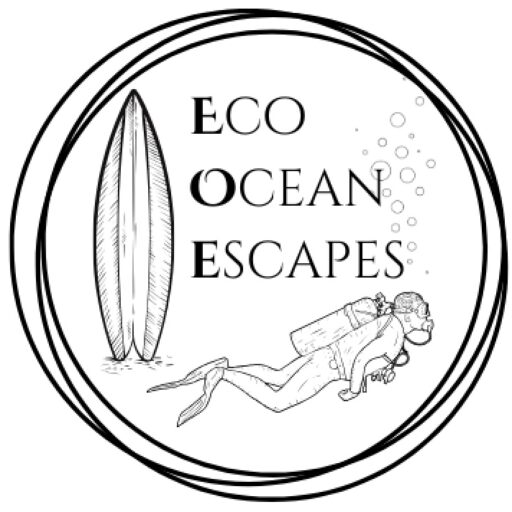
PLAN YOUR TRIP WITH OUR FAVOURITE RESOURCES:
Find hotels and resorts via Booking or Agoda
Book tours and experiences via Viator or GetYourGuide
Find a rental car via Discover Cars
Book flights via Kiwi or Booking
Search for buses and trains via 12Go or Omio
Get travel insurance via SafetyWing
Buy a digital eSIM with Airalo
By purchasing through our links, you’ll be supporting our website at no additional cost to you
About the authors
We are a team of passionate divers and surfers with decades of combined experience in the water and travelling to all corners of the globe. After years of chasing waves and descending into the deep blue, we’ve created this resource to highlight sustainably run surf camps, eco-friendly dive resorts and conservation-focused ocean trips to help inspire your next adventure.
Eco Ocean Escapes was born out of a love of the ocean, an obsession with travel and a concern about the impacts of our adventures on the environments we explore. Despite the benefits that surf and dive tourism can bring to local communities, we recognised that ocean-based adventures are not always managed in a sustainable manner.
Through our articles, we hope to inspire those seeking a responsible surf or dive trip that is all about supporting local communities, preserving our coastal environments and the incredible marine species that inhabit our oceans.
-
Sustainable Surf Tourism and Respecting Local Communities
Surf tourism has exploded over the last two decades. With travel becoming more accessible and social media exposing hidden spots, once-remote breaks in Indonesia, Central America, Morocco and the Pacific Islands are now iconic stops on global surf circuits. While surf travel brings income, jobs and global attention to coastal towns, it can also disrupt…
-
Inspiring Citizen Science Projects for Surfers + How to Get Involved
As surfers, we are intimately connected to the ocean – its rhythms, its wildlife and its health. Because of this relationship, many of us are looking for meaningful ways to protect the marine environments we love. One of the simplest and most impactful ways we can do this is by joining citizen science projects. These…
-
Understanding Marine Protected Areas (MPAs): Why divers should care
If you’ve spent time underwater (as a diver or snorkeller), you’ve probably noticed something: not all sites are beacons of health. Some reefs appear vibrant and full of life, while others show signs of stress – broken coral, few fish or algae-covered rocks. One of the biggest factors shaping the health of our oceans is…
-
Costa Rica: Best Marine Parks for Scuba Divers + Eco Dive Resorts
Costa Rica is a paradise for eco-conscious travellers and underwater explorers are no exception. With its healthy coral reefs, pelagic-rich waters and some of the most progressive environmental policies in the world, the country is a dream destination for those who want to dive responsibly. We’ve been lucky enough to visit Costa Rica several times…
-
Eco-Diving: Best Destinations for Sustainable Scuba Travel
As humans inspired by the underwater world, there is plenty of incentive to protect our coral reefs. Here at EcoOceanEscapes, we want to do our bit to save endangered marine species and keep our oceans free of trash. One impactful action we can all take is to choose sustainable diving destinations. These are nations (or…
-
Eco-Friendly Diving: How to Be a Sustainable Scuba Advocate
Understand the environmental impacts of diving and sustainable scuba practices in this comprehensive guide to eco-friendly diving. Any diver will tell you that being underwater is an incredible experience. It’s a world that not everyone has the opportunity to explore and the encounters we have with marine creatures can be life-changing. Watching manta rays soar…

We are a team of passionate divers and surfers with decades of combined experience in the water and travelling to all corners of the globe.
After years of chasing waves and descending into the deep blue, we’ve created this resource to highlight sustainable surf camps, eco-dive resorts and conservation-focused ocean trips to help inspire your next adventure.
Eco Ocean Escapes was born out of a love of the ocean, an obsession with travel and a concern about the impacts of our adventures on the environments we explore.
